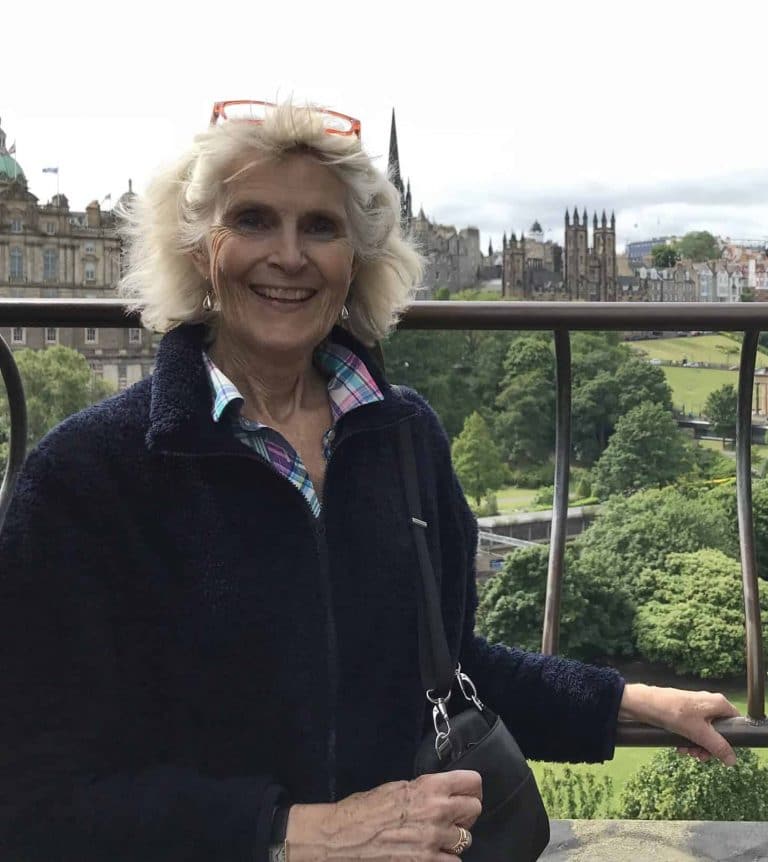Do you ever wonder about the origin of a word? I’m fascinated by the word understory. Maybe it’s because I’m a writer and I see life composed of stories, including the activity in the woods and marshes where I walk. When I was growing up, we used the word underbrush instead of understory, mostly because my father spent a lot of time clearing tree brush and tangles of wild roses and blackberry bushes from our property. Behind our barn, next to the woods, we had a brush pile that was a good 15 feet high. I would have loved to be the bird or rabbit that made that eclectic pile its home.
The word origin of understory comes from the tropical rain forest. The lower saplings and bushes are called the understory and the upper regions the canopy. In a rain forest, there is another layer, the emergent, that rises above the canopy. In all forests there is also the herb layer which has the plants and wildflowers we enjoy.
Edwin Way Teale, a Pulitzer prize winning author, wrote a wonderful book called A Naturalist Buys and Old Farm. It is the story of the years he and his wife Nellie spent living in a small farmhouse in the northeast corner of Connecticut. He talks about the wildlife that inhabited the woods, fields, ponds and streams, as well as the multitude of plants that filled the acres of land surrounding their home. He created a giant brush pile as a blind where he could sit at a small desk undisturbed and watch the birds, insects and animals of the forest as they came to the stream to drink. The Connecticut Audubon Society has now preserved Trail Wood so everyone can enjoy it. It is well worth the visit.
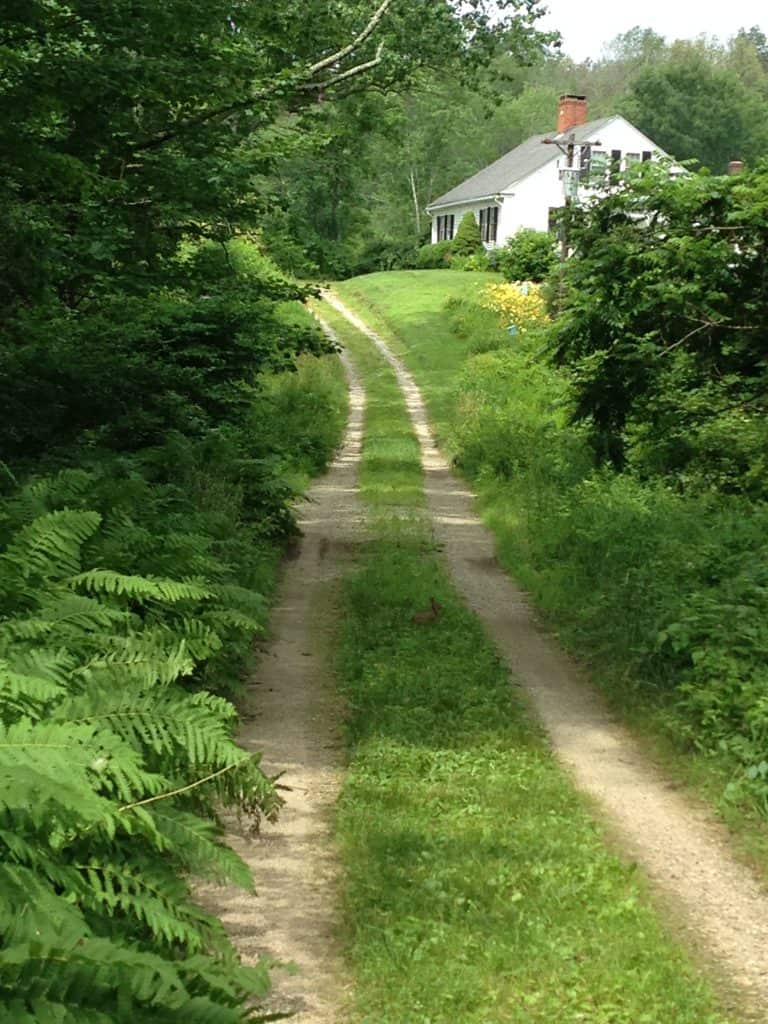
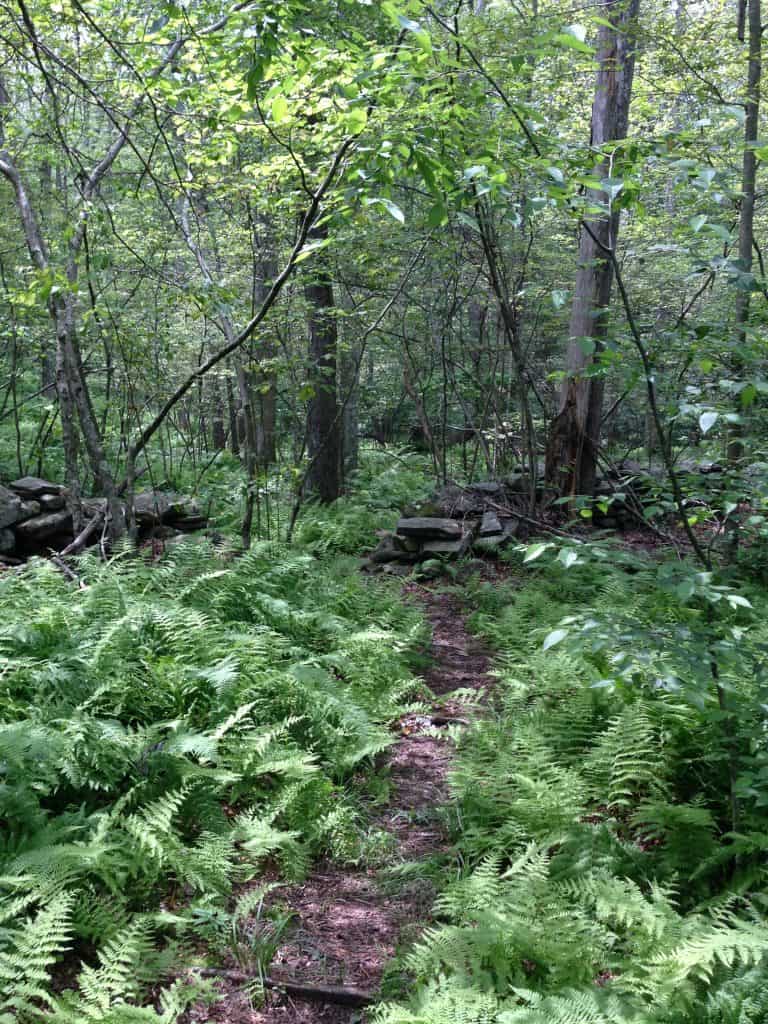
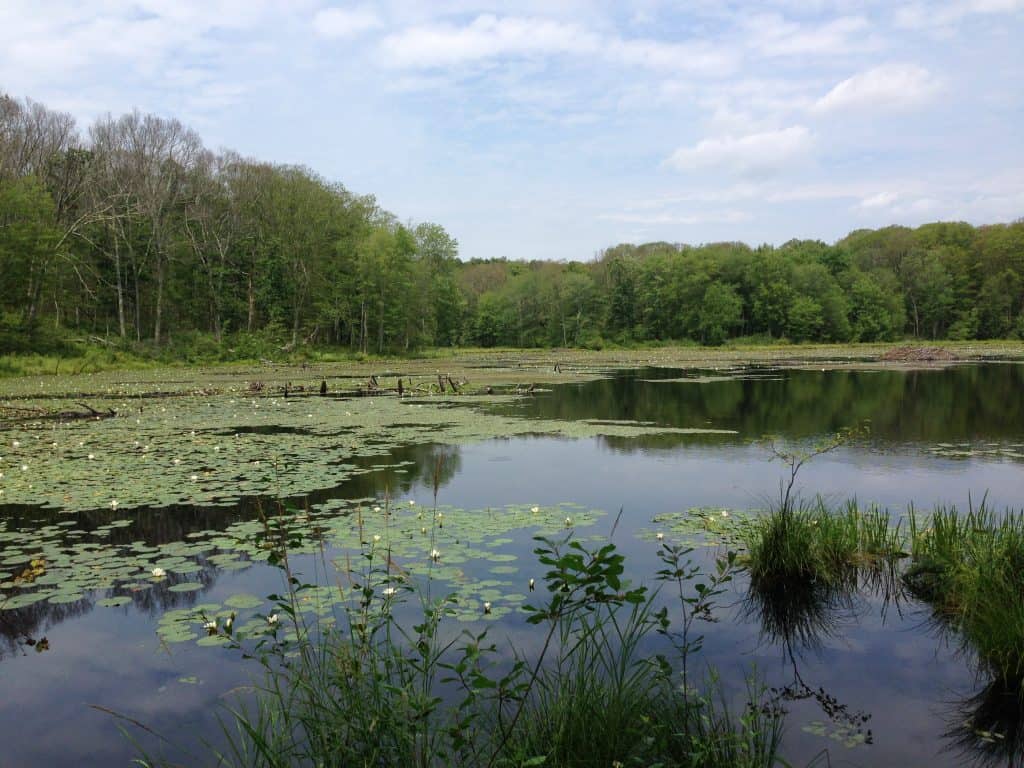
In the forest where I usually walk, it seems like there are two layers of understory. Some of the saplings that reach 20-30 feet form one layer and the bushes and smaller saplings another. Right now, there is a preponderance of pawpaw saplings of every size. Their broad shiny leaves reflect the sunlight in the early morning making the forest glow with light. Even at their full height of twenty-five feet, they are smaller than the 150-foot oaks, sweet gum, ash, tulip and sycamore trees that compose much of the forest. Other growth such as the persimmon, redbud, autumn olive and possumhaw viburnum compose sections that border the pathway where there is more sunlight. It seems as if every season brings a new tree or bush that I can learn to recognize by its leaves, bark and spring flowers as well as its autumn color. I love the challenge of learning to identify new trees and bushes that grow in the forest around me.

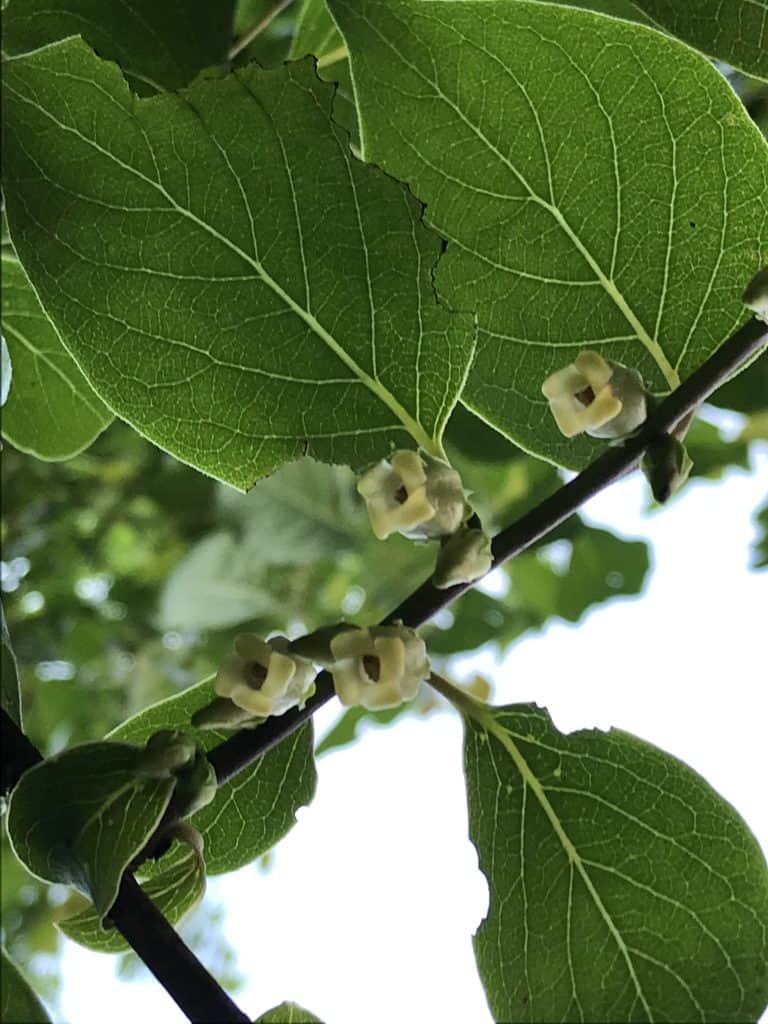
Peter Wohlenben in his book, The Hidden Life of Trees, talks about how the plants of the understory are often the precursors of the next forest. Once a large tree falls and the light pours into the understory, whatever is there grows quickly. Just like the forest, what we do in the understory makes a difference in what happens in the canopy. The light of Christ changes what grows and flourishes just like the light of the sun changes the ecosystem of the forest floor.
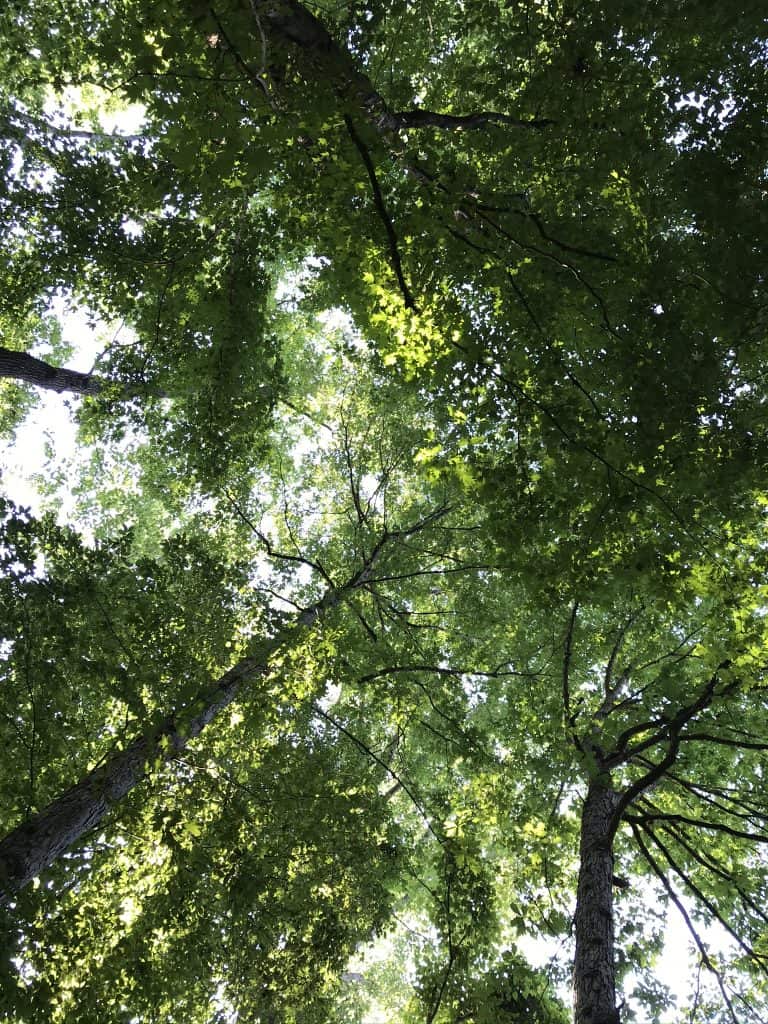
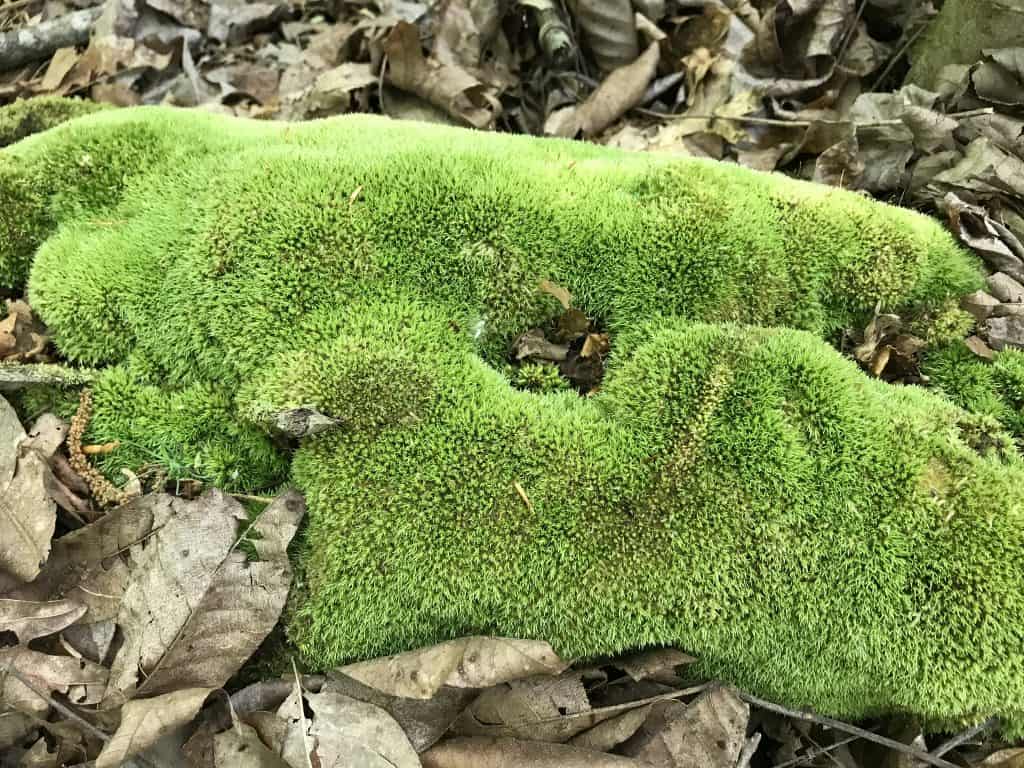
In another forest where I walk, the understory has fewer eye-level saplings. Most of it is canopy. This land is drier and hillier. There are few places where sunlight penetrates the floor of the forest except along the pathway. The woodland is composed of an entirely different ecosystem of oaks, sweet gum, tulip and maple. In the deep woods, the floor is mostly dead leaves, fallen trees and a lovely scattering of wildflowers. But wherever there is light, ferns, moss and wildflowers grow.
Recently many of the understory plants were marked off for Earth Day as non-native and invasive. Some of my favorite plants got this unwanted designation. I love the intense sweet fragrance of the wild honeysuckle. But I am also aware of the damage it does to the many saplings as it winds its way up their trunks often permanently disfiguring them. I also love the fragrance of the autumn olive bush and its silver backed leaves. Another invasive plant, a favorite from childhood, is the wild rose. We had a stand of it growing along the border of our property. My dad often came into dinner telling us wicked tales of his battle with the wild rose bushes, showing us his scratched arms. I almost thought they were magical plants fighting with my father for dominance in the yard. But despite that, I love walking through a section of the path when the wild rose is in bloom as its lovely fragrance hangs in the air.
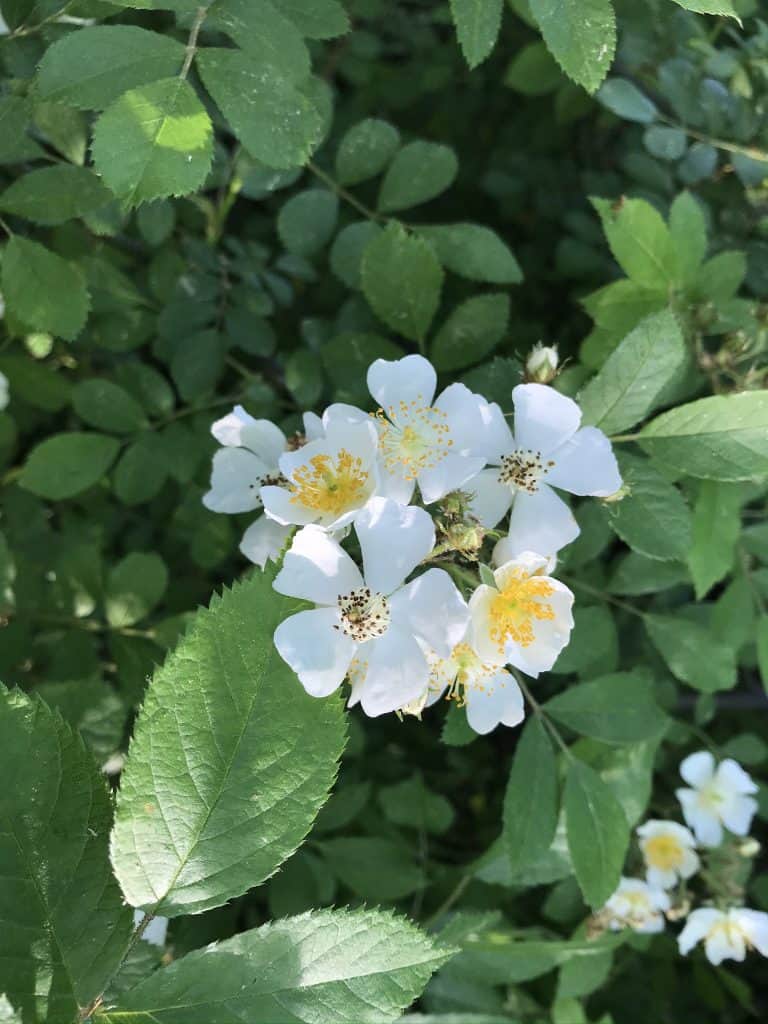
Just as I can’t always see a tiny bird high in the tree canopy, a lot goes on above us in the heavenlies that we can’t see. Yet what happens in the heavenlies alters things on earth. So many spiritual battles against evil happen in the heavenlies. We get to participate by fasting and prayer. Sometimes I’m glad that I don’t get to see more of the upper realm. Here in the understory, life goes on. We work on creative breakthroughs using the brains we’ve been given, but what takes precedence and dominates often comes from what happens in the heavenlies. What we do down here in the understory influences the canopy. So as you go about your day, be aware that your prayers and spiritual warfare contribute to the heavenly realm and ultimately affect your understory.
“The weapons we fight with are not the weapons of the world. On the contrary, they have divine power to demolish strongholds.”
2 Cor. 10:4 NIV
